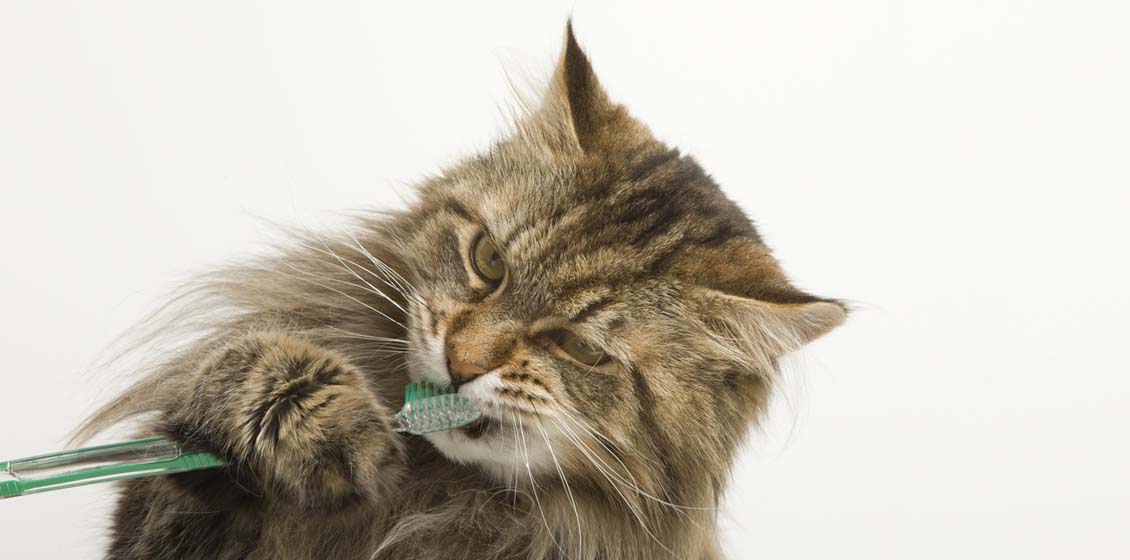Cat abdominal ultrasound
 Ultrasound is a non-invasive procedure used to evaluate internal organs. Ultrasound can be used to study the organs of the abdominal cavity, heart, eye and reproductive organs in cats. For an accurate diagnosis in many diseases of the abdominal cavity, ultrasound and x-rays are recommended. An x-ray will show the size, shape and location of the contents of the abdominal cavity, and an ultrasound scan allows you to examine the structure of the organs.
Ultrasound is a non-invasive procedure used to evaluate internal organs. Ultrasound can be used to study the organs of the abdominal cavity, heart, eye and reproductive organs in cats. For an accurate diagnosis in many diseases of the abdominal cavity, ultrasound and x-rays are recommended. An x-ray will show the size, shape and location of the contents of the abdominal cavity, and an ultrasound scan allows you to examine the structure of the organs.
When do abdominal ultrasounds of cats?
An abdominal ultrasound is indicated for cats with symptoms such as vomiting, diarrhea, difficulty urinating or blood in the urine.
This study may also be useful in cases of reproductive disorders, unexplained fever, loss of appetite, or weight gain. An abdominal ultrasound is often prescribed when an x-ray, blood test, or examination indicates a problem with the abdominal organs, such as the liver, spleen, or pancreas.
If during the examination and palpation, the doctor determines abdominal pain or an increase in abdominal organs, an ultrasound examination is recommended.
As in humans, an abdominal ultrasound scan can also be used to determine pregnancy early and determine the viability of the fetus in the late gestation period of a cat.
What is included in the abdominal ultrasound?
In the survey abdominal ultrasound includes the study of the following organs:
liver;
spleen;
stomach;
intestines;
kidneys;
bladder;
uterus (in females).
What diseases will ultrasound show?
Ultrasound can be very useful for detecting changes in the shape, size, density of tissues, internal structure and position of organs. Ultrasound can detect most of the seals in the abdominal cavity, tumors, fluid in the abdominal cavity, and abnormal lymph nodes. Often, tissue or fluid samples for biopsy are taken under ultrasound guidance.
Ultrasound is an excellent opportunity to assess the state of the abdominal organs. Ultrasound – a non-invasive and painless diagnostic method. However, like all studies, it is not always enough for accurate diagnosis. In some cases, additional diagnostic procedures are required, such as endoscopy or contrast x-ray with barium. The last resort for making a diagnosis of an unexplained disease of the abdominal organs is an operation.
How to carry out abdominal ultrasound in cats?
For high-quality ultrasound cats require modern, expensive high-resolution equipment, which allows you to see the organs and tissues of small animals.
The hair on the cat’s belly is shaved off. The animal is laid on the table. A special gel is applied to the sensor. The veterinarian places the sensor on the skin of the abdomen and moves it across the surface, examining the organs or zones of interest.
Ultrasonic waves are transmitted from the sensor and absorbed, or reflected from the internal organs. Depending on the number of absorbed / reflected sound waves, an image of the internal organs appears on the ultrasound screen.
With proper training and sufficient experience, a veterinarian can create consistent images of internal organs and recognize abnormalities.
An abdominal ultrasound is a safe procedure and usually takes between 20 and 60 minutes. The only risk arises from a fine-needle biopsy or extensive damage to tissues or organs. Extremely rarely, a biopsy can lead to serious bleeding or damage to internal organs. However, this procedure is much safer and less invasive in comparison with abdominal abdominal surgery.
Is abdominal ultrasound painful for a cat?
No pain. The procedure is non-invasive (without damage).
Do cats need anesthesia or anesthesia for ultrasound of the abdominal cavity?
Neither anesthesia nor anesthesia is required for most patients, however, some animals are perturbed while lying on their backs and may require sedation in order to have the opportunity for a full ultrasound.
When performing puncture biopsy (to obtain a tissue sample), a local anesthetic or ultrashort anesthesia is used.



